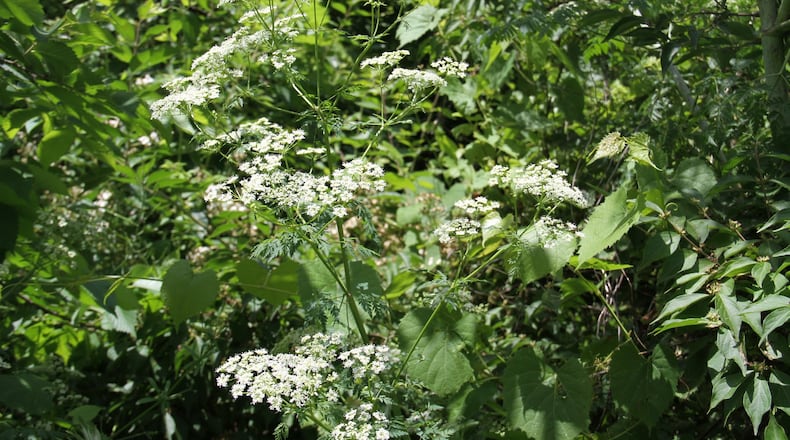In 2021 there will be a huge emergence of Brood X. This brood will be found in about 19 states from the East Coast (New York to South Carolina) to Tennessee, Kentucky and parts of southwest Ohio.
People are finding the cast skins as well as some of the adults. These insects spend most of their life in the ground as nymphs. These nymphs come out of the soil, crawl up any convenient surface, and eventually shed the skin as they become adults.
I have seen pictures on social media of these skins attached to the sides of grills and window screens.
Entomologists say that this might be an acceleration event where a significant group of an already-established brood emerge years ahead of the main brood, mate and develop into a new brood.
RELATED: Resolve to put the right plant in the right place
This will be determined if those that are emerging this year survive and reproduce in significant numbers to sustain future populations. We will wait and see.
Entomologists are following this emergence and are interested in learning how far-spread this is in Ohio.
If you want to learn more about periodical cicadas and report an emergence in your landscape, go to the Buckeye Yard and Garden Line and read entomologist Joe Bogg's most recent post (http://bygl.osu.edu/node/756).
Another pest to watch out for
Another pest issue blooming in the landscape now concerns poison hemlock. This lethal plant is producing flowers in the Miami Valley and should be eradicated now in order to prevent seed production and spread.
Over the last 10 years, I have seen more and more of this in our area. Unfortunately, misidentification has allowed it to continue to spread. Many think that this plant is Queen Anne’s lace or wild parsnip.
RELATED: Rose damage? Do this.
One of the most identifying characteristics of poison hemlock is the purplish blotches on the stem. The blooms are similar to Queen Anne’s lace; however, poison hemlock is in bloom now and Queen Anne’s lace blooms later in the summer.
Mowing and tilling are one option to control this biennial but at times, herbicides may be necessary. Products containing glyphosate (such as Roundup) work well.
The highly toxic compound in poison hemlock causes respiratory failure and death when ingested by mammals. The sap does not cause rashes or blisters on the skin.
About the Author
